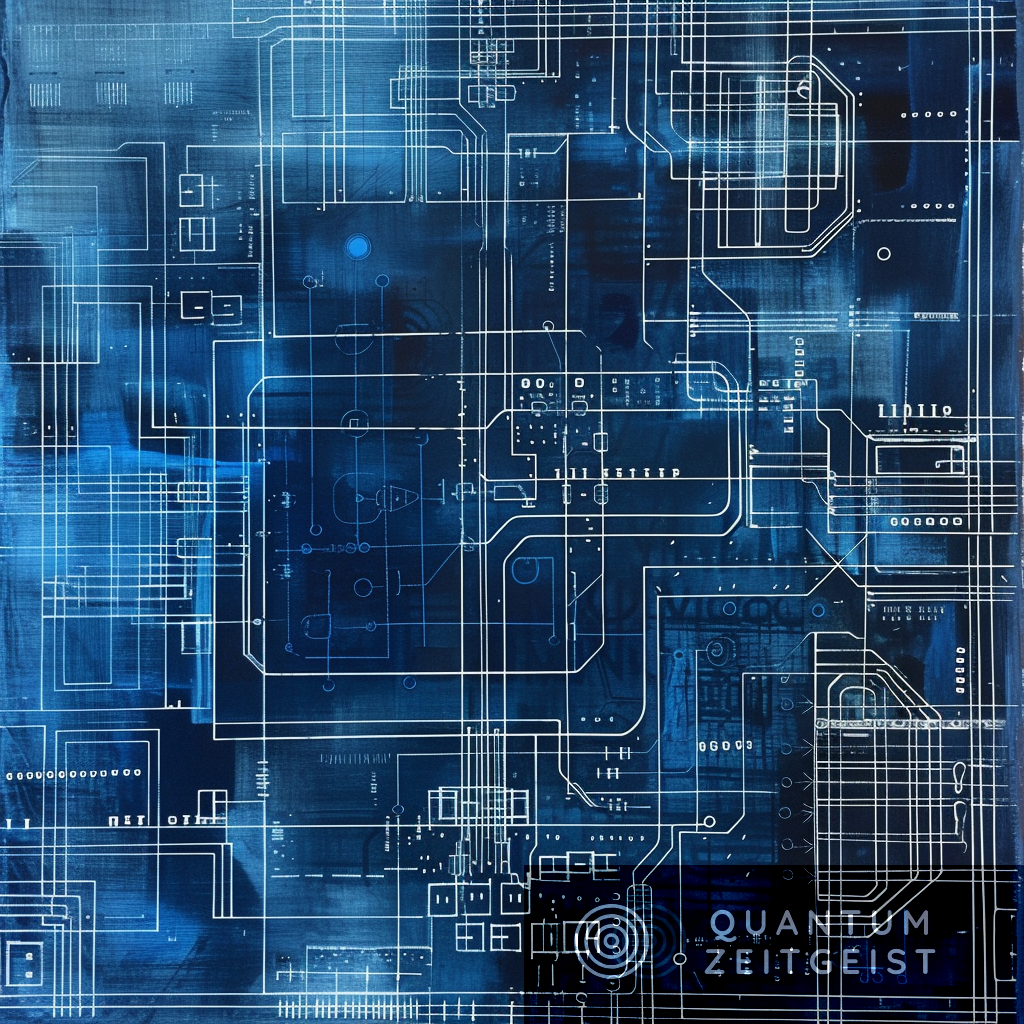The Superconducting Quantum Materials and Systems (SQMS) Division at Fermilab is developing a quantum computing system using superconducting radiofrequency (SRF) cavities. The team has successfully integrated transmons with single-cell Nb SRF cavities and is now working on improving coherence times and gate schemes. The SQMS center aims to address decoherence challenges in current quantum devices and is developing a 3D superconducting cavity-based digital quantum computing system. The use of 3D SRF cavities offers advantages over conventional 2D devices, including longer lifetimes and the potential for direct encoding of qudits.
Quantum Computing with SRF Cavities at Fermilab
The Superconducting Quantum Materials and Systems (SQMS) Division at Fermi National Accelerator Laboratory (Fermilab) has been working on a quantum computing system using superconducting radiofrequency (SRF) cavities. The team, including Tanay Roy, Taeyoon Kim, Alexander Romanenko, and Anna Grassellino, has successfully integrated transmons with single-cell Nb SRF cavities and prepared several nonclassical states. They are now focusing on improving coherence times, and gate schemes, and extending the system for building a multi-qudit quantum processor.
The Role of Gauge Theories in Quantum Computing
Gauge theories play a crucial role in high-energy physics (HEP) and are fundamental in addressing key problems including quantum chromodynamics, electroweak unification, Higgs mechanism, and physics beyond the standard model. Discretizing gauge theories on a spacetime lattice leads to lattice field theories, enabling powerful numerical simulations of complex physical systems. Quantum algorithms have been proposed to circumvent obstacles in classical numerical methods, such as the sign problem.
The SQMS Center’s Objectives
The SQMS center, led by Fermilab, is dedicated to bringing transformational advancements in the field of quantum computing and sensing. Its core objective is to address the decoherence challenges inherent in current quantum devices, paving the way for enhanced quantum processors and sensors. The center is developing a three-dimensional (3D) superconducting cavity-based digital quantum computing system to solve important HEP problems.
Advantages of 3D SRF Cavities
3D SRF cavities, originally designed for accelerator physics, present distinct advantages over conventional 2D superconducting devices. The fundamental mode of the 3D cavities boasts lifetimes surpassing two seconds, making them exceptional for storing and manipulating quantum information. Efficient control and readout schemes significantly reduce cryogenic and room temperature hardware overhead. The inherent access to large Hilbert spaces provides the potential for direct encoding of qudits, offering advantages in simulations compared to the conventional two-level qubit encoding.
Superconducting Circuits and the Josephson Junction
In the dynamic landscape of quantum computing, superconducting circuits operating at millikelvin temperatures have emerged as a promising avenue for constructing a scalable framework. At the heart of these circuits lies a component called the Josephson junction (JJ). It is composed of a thin insulating layer, typically made of some oxide, sandwiched between two superconducting materials. The JJ acts like a nonlinear lossless inductor when cooled below its superconducting transition temperature.
The Transmon Qubit
Among the myriad superconducting circuits employed as qubits, the transmon stands out. A generic superconducting circuit takes shape through the utilization of superconducting metallic films, typically composed of materials such as Aluminum, Niobium, or Tantalum. These films are patterned on a substrate, commonly silicon or sapphire. The designed patterns give rise to various electrical components, including linear inductors, linear capacitors, transmission lines, and Josephson junctions. These components are strategically interconnected in different geometries and with diverse parameters to forge resonators which can exhibit both linear and nonlinear behaviors.
In the article “Qudit-based quantum computing with SRF cavities at Fermilab,” published on January 24, 2024, authors Tanay Roy, Taeyoon Kim, Alexander Romanenko, and Anna Grassellino explore the potential of qudit-based quantum computing. The research was conducted at Fermilab and the findings were published under the DOI reference 10.22323/1.453.0127.

